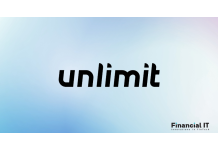Ottu Collaborates with Mastercard To Empower Global...
- 17.12.2025 12:35 pm
Juspay Integrates Visa Click To Pay in Brazil,...
- 17.12.2025 12:35 pm
Mastercard And Fuelin To Advance Secure, Real-Time...
- 17.12.2025 12:30 pm
Unlimit Gets RBI Cross-Border Approval, Opening India...
- 17.12.2025 12:05 pm
Akamai and Visa Join Forces To Secure the Next Era of...
- 17.12.2025 12:05 pm
Coinbase Partners with PPRO To Launch BLIK Payments...
- 17.12.2025 10:35 am
Programmable Money Goes Mainstream: Clear Junction...
- 17.12.2025 10:25 am
Worldpay Collaborates with ekko To Embed...
- 17.12.2025 09:15 am
dLocal Accelerates Global Payments Across Emerging...
- 17.12.2025 08:25 am
myTU Introduces SEPA Direct Debit to Simplify Billing...
- 16.12.2025 10:15 am
COINPAYMENTS Partners with ACASS to Enable Business...
- 16.12.2025 09:45 am
GoCardless & Octopus Energy Complete £12bn...
- 16.12.2025 09:25 am























